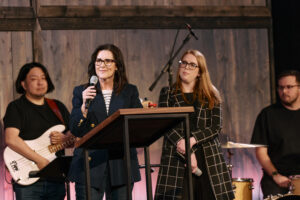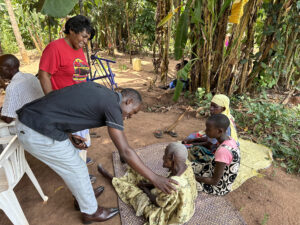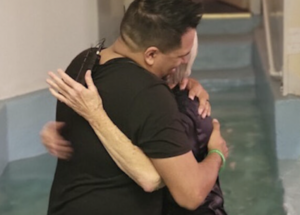
EDITOR’S NOTE: This Sunday, March 17, is Church Planting Emphasis Sunday. The following article focuses on some key considerations for churches that want to plant a new church or send out a church planter.
AMES, Iowa(BP) — In the lifetime of their congregation in Ames, Iowa, Cornerstone Church has launched more than 15 new churches across the Midwest. Planting these new churches became a core aspect of Cornerstone’s DNA as they shifted into the mold of a sending church.
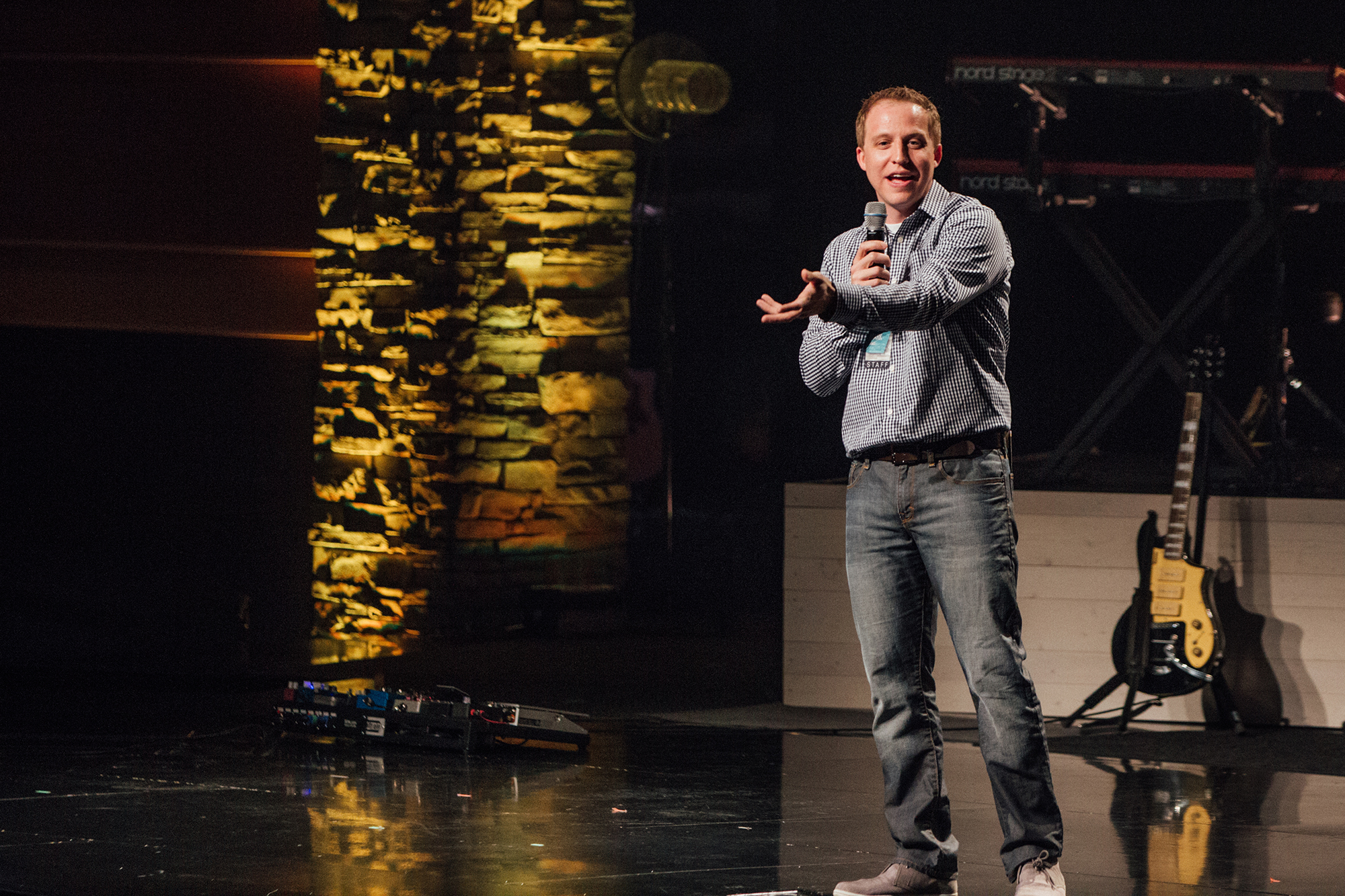 “We are not doing church planting simply because it’s a great strategy,” said lead pastor, Mark Vance. “We practice church planting because it’s a model of the Gospel.”
“We are not doing church planting simply because it’s a great strategy,” said lead pastor, Mark Vance. “We practice church planting because it’s a model of the Gospel.”
Vance described the picture of Jesus leaving His heavenly home and of God sending His Son to accomplish His mission.
“We have to realize that we are the sent people of God,” Vance emphasized.
As they aim to reach college communities and university campuses, Cornerstone sends leaders and church members with each of those new church plants.
“All of the people who were a part of the church planting process spent significant time here,” Vance said. “Of those who went out were raised up, trained up and then sent out to participate in church planting.”
One of those church planting missionaries that Cornerstone sent out is Rob Warren, who leads Doxa Church in Madison, Wis., which launched in the Fall of 2018.
Warren, who served as a 2019 Week of Prayer missionary for the Annie Armstrong Easter Offering for North American missions, said the efforts of a sending church make starting a new church in a difficult mission field more feasible. See related Baptist Press story.
“You’re setting yourself up for success,” Warren said of the relationship with his sending church. “If the goal is to come and plant a vibrant church, we are better together. You can go farther and faster with a sending church.”
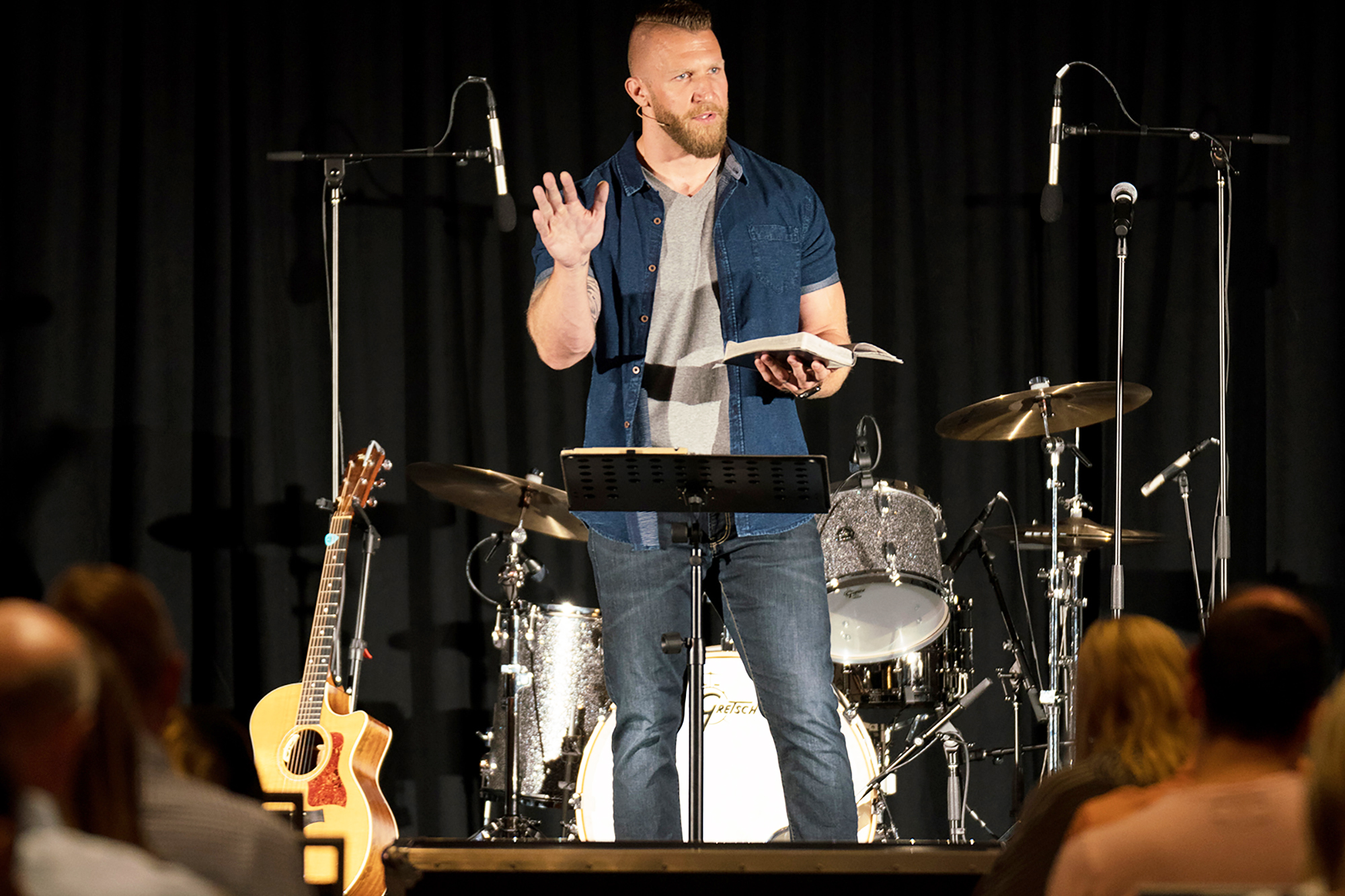 Cornerstone’s church planting emphasis grew out of the seed of a vision about the fields being “white unto harvest” based on Luke 10:02. While the church had seen growth in their local congregation, they looked outside themselves to notice the need to send workers, missionaries, to reach communities with the Gospel.
Cornerstone’s church planting emphasis grew out of the seed of a vision about the fields being “white unto harvest” based on Luke 10:02. While the church had seen growth in their local congregation, they looked outside themselves to notice the need to send workers, missionaries, to reach communities with the Gospel.
“Generally speaking, the problem is not a lack of resources. It is a lack of vision,” Vance said. “We were so focused on what was right in front of us that we didn’t have a bigger picture of what God had for us. We had to lift our eyes up and see the harvest.”
Cornerstone’s leaders saw planting in collegiate communities as their main target because that was the lane God was blessing in their ministry in Ames near Iowa State University.
Many churches that have the desire to start new churches in a city or community that desperately needs a gospel witness may struggle to know where to get started. A sending church, Vance noted, must first establish a healthy, gospel-centered culture.
“Many planters go out with the expectation to plant a healthy church,” Vance said, “but if they are leaving an unhealthy church culture, they will unconsciously replicate what they know.”
For Warren, this meant his and his family’s moving to Ames for a season and joining the team at Cornerstone. The church got to know Warren, and he gathered insight into how Cornerstone operated.
“They were constantly allowing me to look under the hood, learning their system and how they did ministry,” Warren said.
While the majority of church planting missionaries that Cornerstone sends out are raised up from within the church, Cornerstone built a relationship with the Warrens, welcomed them into their church home and made sure he was “a part of the family” at their church.
“It was about developing a relationship and launching Warren with everything that we have,” said Vance, which entailed not only finances, but prayer and cooperating with a shared vision.
While Doxa Church establishes itself in Madison, Cornerstone leaders serve as elders and participate in biweekly video conferences.
“They are there for guidance and decision-making,” Warren said. “They are able to provide the wisdom of guys who have been leading for years.”
Then to become a sending church, the congregation and its leadership must shift its mindset from addition to multiplication. This means doing more than simply bringing more people into one congregation.
“At Cornerstone, our vision is not simply to invest more and more resources to become a bigger church,” said Vance, “but to invest our resources into” other cities and college campuses.
“We became so convinced that this is what God wanted us to do that we released our lead pastor [Troy Nesbitt] so that he could focus on sending,” Vance said.
Nesbitt now directs The Salt Network, a collection of churches set on planting new churches across the Midwest and beyond. As their vision developed into a movement, the North American Mission Board (NAMB) came alongside Cornerstone to encourage and boost their mission efforts.
No matter what the next step may be, NAMB exists to help churches take their next step in launching new churches in communities where a gospel witness is sorely needed.
For more church planting information and resources, visit namb.net/church-planting.





